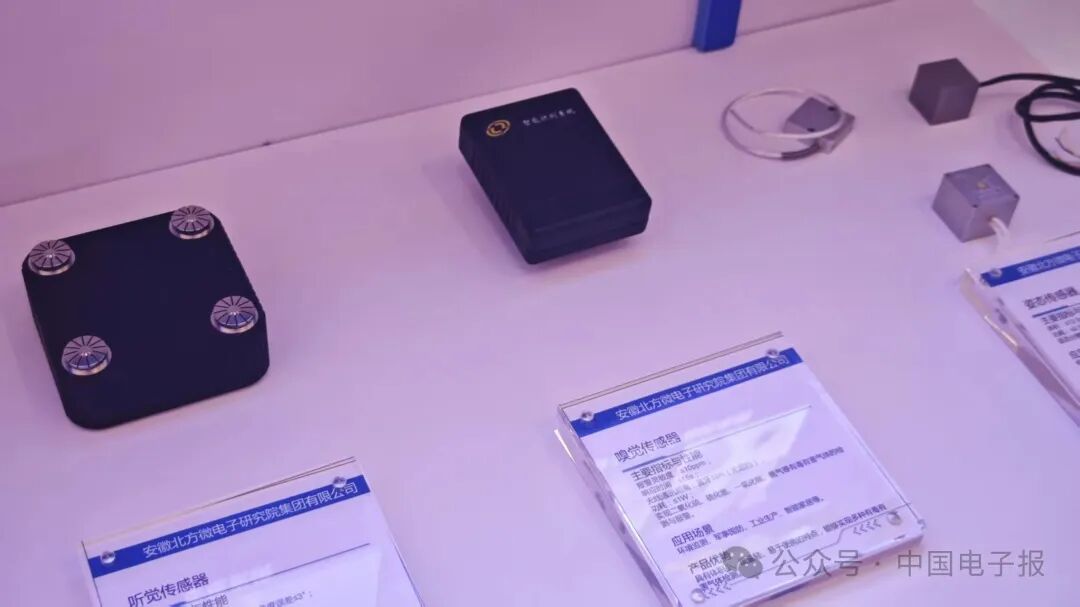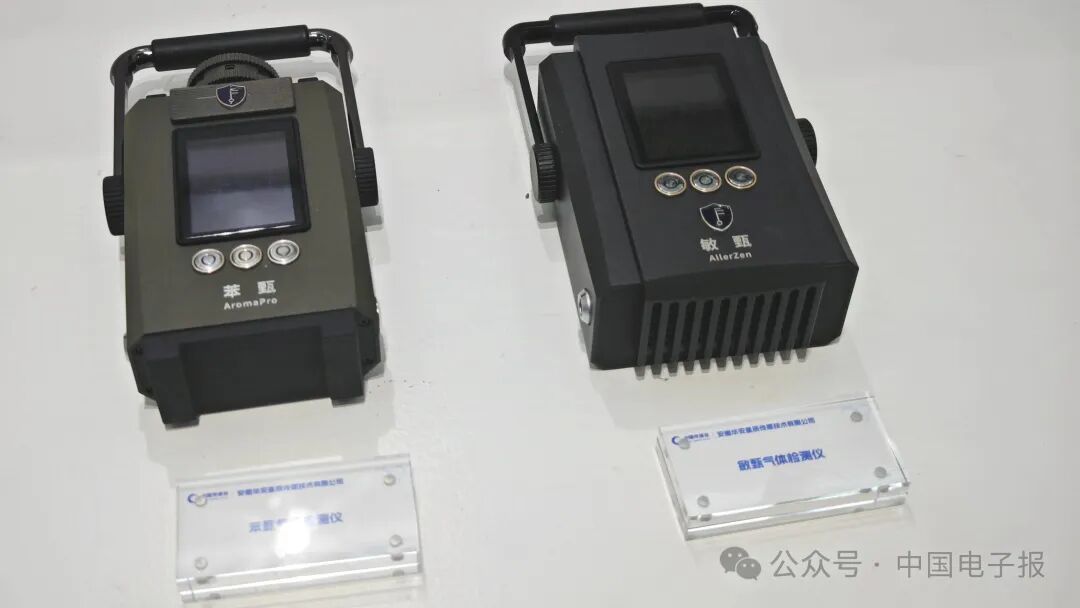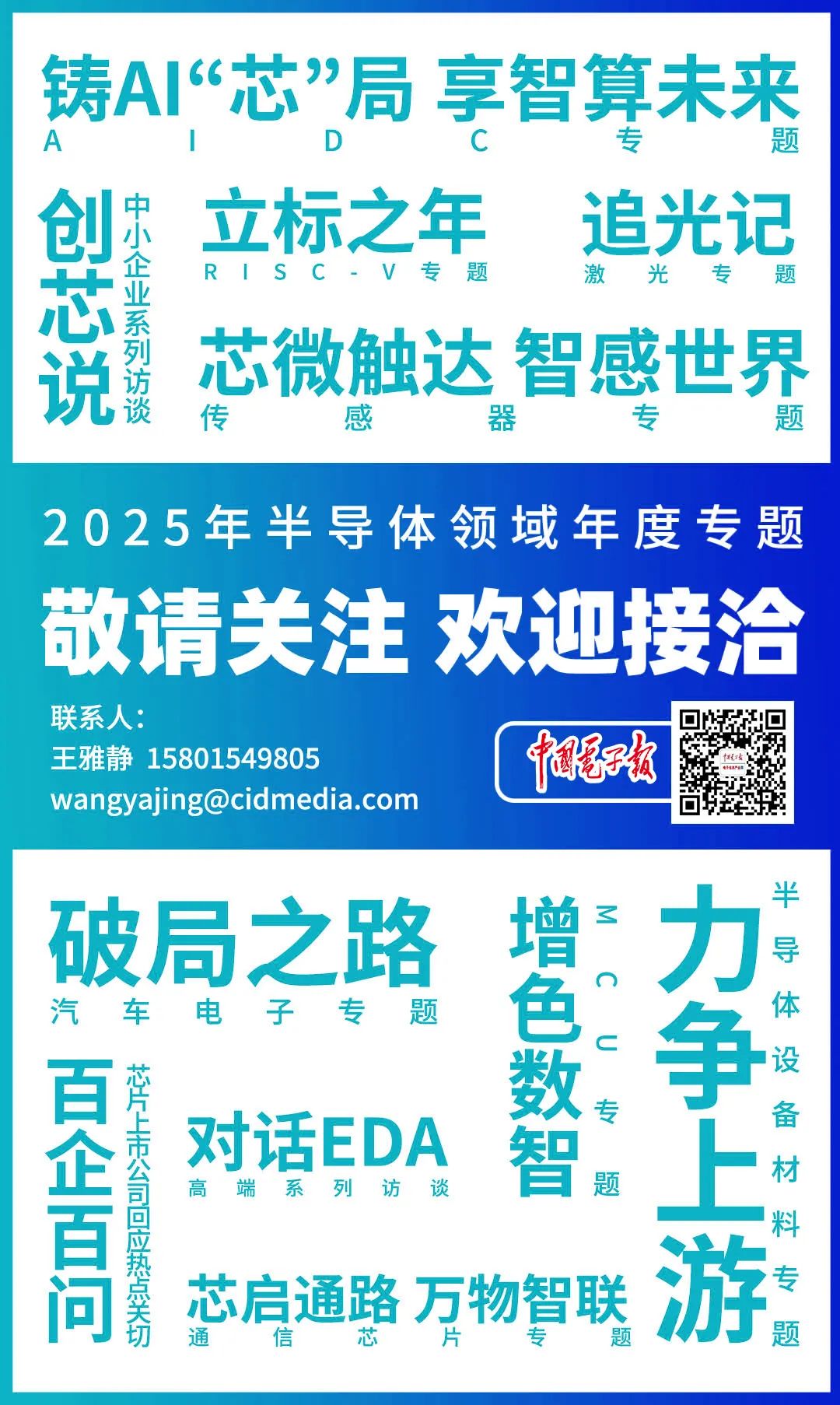As the only functional device for data acquisition, sensors are known as the “mother of data.” In the wave of AI, smart sensors have become one of the core technologies and products in the era of the Internet of Things and intelligence. Facing new trends, how can China’s sensor industry break through a series of challenges and reach a higher level? This topic was discussed by many industry experts and entrepreneurs at the recently held 7th Smart Sensor Industry Development Conference.

AI Era Calls for “New Thinking in Sensing”
In recent years, with the continuous emergence of new applications and products, the global sensor market has been expanding, and related technologies and products are widely used, playing an increasingly important role in smart transportation, smart homes, smart logistics, smart hospitals, smart agriculture, industrial monitoring, biomedicine, and other fields. According to data from CCID Consulting, the global sensor market is expected to reach 208.59 billion USD in 2024, a year-on-year increase of 8.1%, and is projected to reach 227.15 billion USD by 2025.
From an industry trend perspective, sensor innovation is developing towards system integration, modularization, and multi-parameter fusion. Guo Yuansheng, Executive Vice Chairman of the China Sensor and IoT Industry Alliance, stated that with the comprehensive development of new materials, new processes, and new technologies, multiple sensitive components can be integrated into one, along with processing circuits and algorithm software, to form micro-system modules for multi-dimensional index testing and multi-parameter fusion, achieving multifunctionality, miniaturization, digitization, systematization, networking, and intelligence. This allows sensor technology to evolve from a single object type to multifunctional, multi-parameter composite and integrated technologies, expanding the range of product applications.
Industry experts emphasize that in the current era of global technological and industrial transformation driven by artificial intelligence, the industry urgently needs to form a new consensus on the sensor industry, leading to a re-positioning and re-understanding of the industry.
In the new era of intelligence and digitization, smart sensors drive terminal innovation, becoming an important part of building a hardware ecosystem, and empowering scene and value innovation in many application fields. In this process, the development of the sensor industry needs to break away from traditional path dependence.
“Do not use traditional industrial logic to build the sensor system,” said Liu Jianwei, Chairman of Shenzhen Heertai Intelligent Control Co., Ltd. He emphasized that if the understanding of sensors remains at the level of merely being components, parts, or devices in the industrial era, the development of the industry and enterprises will be limited.

Various sensors such as auditory, olfactory, and posture sensors
For the sensor industry, sensing, control, modeling, scenarios, operations, and ecology are all key elements. The industry needs to build these foundational frameworks together to support the development of the entire system.
In Liu Jianwei’s view, the smart sensors of the new era have three roles: first, as enablers of services, providing comprehensive services across all fields, dimensions, scenarios, chains, times, and societies; second, as executors of computation, integrating capabilities across all domains and presenting an explosive “chemical reaction” at a global scale; third, as perceivers of data, requiring capabilities to be definable, recordable, reconstructable, storable, transmittable, traceable, interpretable, extractable, and computable.
For practitioners, a new mindset towards sensors is needed: first, a mindset of large-scale service, which is a value creation mindset starting from the end; second, a new data-intelligence mindset, which must break away from industrial, commercial, informational, and traditional internet thinking, firmly avoiding “walking the old path in new shoes”; third, an all-ecological mindset, which connects across time and space, across scenarios, integrating all elements, knowledge, capabilities, and methods in society to provide personalized, real-time, precise, and proactive services for individuals and families.
High-Quality Industry Development Urgently Needs a “Guiding Light”
With the accelerated application of AI technology, sensors, as a key technical support for the Internet of Everything, will develop on a large scale in big data and application scenarios. As a source of big data for artificial intelligence, smart sensors are the hardware foundation for perceptual intelligence. Song Aiguo, Chief Professor and Director of the Robotics Sensing and Control Technology Research Institute at Southeast University, stated that artificial intelligence is expanding into application fields such as healthcare, transportation, home, and elderly care, thus imposing higher technical requirements on smart sensors.
As an effective means of sensor intelligence, MEMS sensors can meet the demands for miniaturization and integration of sensors, and this is a field where Chinese enterprises are actively laying out. Data shows that the market size of MEMS in China is expected to reach 100.03 billion yuan in 2024. Looking at the average profit margins across various segments of the MEMS industry, the equipment segment has the highest profit margin, while the IDM segment and materials segment are relatively high, and the manufacturing segment has the lowest profit margin.

Gas detectors
In recent years, with the rapid development of emerging technologies such as 5G and artificial intelligence, MEMS sensors have been applied in more fields, and market demand continues to grow. At the same time, this has also led to intensified market competition, putting pressure on domestic related enterprises.
Regarding the reasons for this “involution” phenomenon in the industry, Li Gang, President of Suzhou Minxin Microelectronics Technology Co., Ltd., analyzed that on one hand, it is affected by changes in the global trade environment and price “squeezing” from international leading enterprises; on the other hand, domestic enterprises face issues such as “low-end surplus and high-end insufficiency,” unreasonable industrial structure, and insufficient technological innovation capabilities.
He believes that to promote the high-quality development of the domestic MEMS industry, efforts should be made in planning and policy guidance, investment in technological innovation, collaborative industrial development, international market cooperation, intellectual property protection, and market environment order. For example, advanced technologies and management experiences should be introduced to enhance industry levels and international influence; infringement behaviors should be combated to raise awareness of intellectual property; and respect for market regulation mechanisms should be maintained to avoid excessive competition and resource waste. Additionally, Li Ke, Vice President of CCID Consulting, stated that attention should be paid to the application scenarios of artificial intelligence algorithms and their integration with sensor products, especially in fields such as autonomous driving and natural environment monitoring, and relevant enterprise projects should be introduced and cultivated.
“The sensor industry is the underlying support for the digital economy and a strategic area for great power competition,” Guo Yuansheng stated. It is necessary to further enhance its strategic position, strengthen overall planning, formulate guidance opinions and catalogs for industrial development, clarify priority development content, and provide long-term policy and financial support. A “technology maturity + market penetration” assessment system should be established to ensure the application of sensors is realized.
 Follow China Electronics NewsFollow the Author of this Article
Follow China Electronics NewsFollow the Author of this Article

 Further Reading:Hardcore Interpretation: What Industry Issues Are Reflected by Humanoid Robots Running a “Half Marathon”New Display: Enhancing Industry “Gold Content” with Investment in “New Content”Author丨Yang PengyueEditor丨Zhang XinyiDesign Editor丨MariaSupervisor丨Zhao Chen
Further Reading:Hardcore Interpretation: What Industry Issues Are Reflected by Humanoid Robots Running a “Half Marathon”New Display: Enhancing Industry “Gold Content” with Investment in “New Content”Author丨Yang PengyueEditor丨Zhang XinyiDesign Editor丨MariaSupervisor丨Zhao Chen
 Click “View” to Stay Connected
Click “View” to Stay Connected